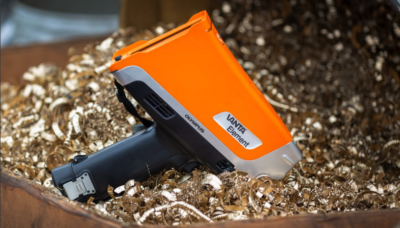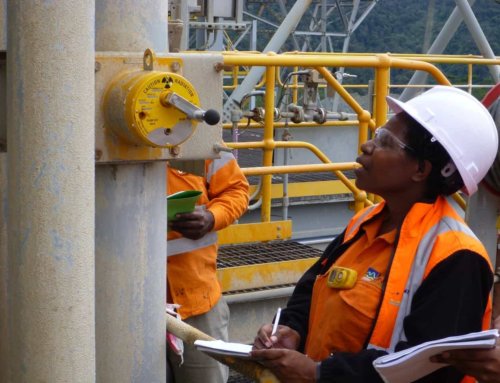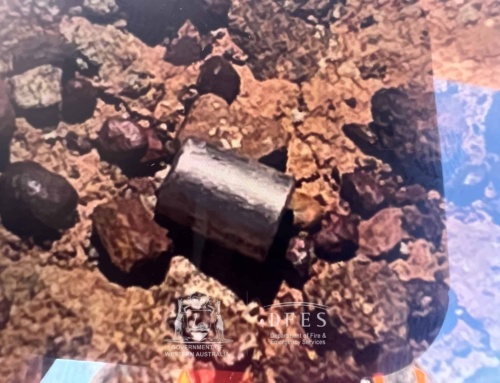Portable x-ray fluorescence (pXRF) analysers are important tools in mining and other industries for the purpose of measuring the elemental composition of a sample. They are widely used by metallurgists, geologists, people in the scrap metal industry and even by archaeologists to assist with discovery.
For the mining industry, it’s particularly useful for analysing major, minor and trace elements of geological materials.
So, how does it work?
There are two components to a pXRF analyser: the x-ray tube that emits x-rays and the detector that determines the fluorescence after the x-rays have hit the substance being analysed. Once the detector has measured the energy, the central processing unit (CPU) computes it to usable numbers (ppm-level) and a spectrum that is shown on the screen of the instrument.
For the analyser to work as intended, the proximity sensor, located at the bottom of the nose of the instrument, must be in contact with the sample. If it is not, the instrument registers this and shuts off as a failsafe.
As an additional safety measure, there is a backscatter sensor located just inside the detector window. If the instrument is not receiving enough x-ray energy back into the analysis window, it again registers that the instrument is not in close proximity to the sample and shuts itself off. Two other safety features are the built-in lead-lined nose and a dead man switch to deactivate the instrument if the trigger is released.
While pXRF instruments do produce ionising radiation, they function at very low levels – energies of up to 50 kiloelectron volts (keV) — compared with other larger, fully enclosed X-ray equipment. The sample window is the only part of the instrument that emits X-rays, meaning any radiation would be to a small part of the body that is in proximity to the window, for example, the user’s hand or a finger.
Navigating pXRF instrument safety and reliability
The relatively low safety risk posed by pXRF instruments means there are fewer restrictions on their use. Compliance requirements in WA are limited but registration is required, the person overseeing use of the device should hold a licence and the company needs to have a radiation management plan (RMP). Your RMP should include the registration and licensing requirements, and, at a minimum, the supervision requirements.
It is important to note that, in WA, training is not required to hold a license, however, it is recommended in order to better understand the safety features and to get the most out of your pXRF instrument.
How and where your pXRF instrument is used can also impact its reliability and safety. Very often pXRF analysers are used in the outback to quickly gather data. This can help to identify whether a site has potential for a particular mineral resource without having to send that sample thousands of kilometres for analysis in a laboratory. If the sample being analysed does show potential, the company can then choose to invest in further analysis.
Instruments used in the outback, however, are often kept in the back of utes, driven over rough terrain and are likely to get bashed around. It is, therefore, advisable to get these instruments checked by a provider annually to ensure they are still functioning as they are supposed to, and that there is no radiation leakage. If the instrument is damaged, you’ll likely get an incorrect result and the cost-benefits of in-the-field analysis will be lost. Investing in an annual radiation profile and a check against some certified reference material (CRM) is clearly in your best interest.
If you want advice on how to get the most out of your pXRF instrument, contact us to learn more.





